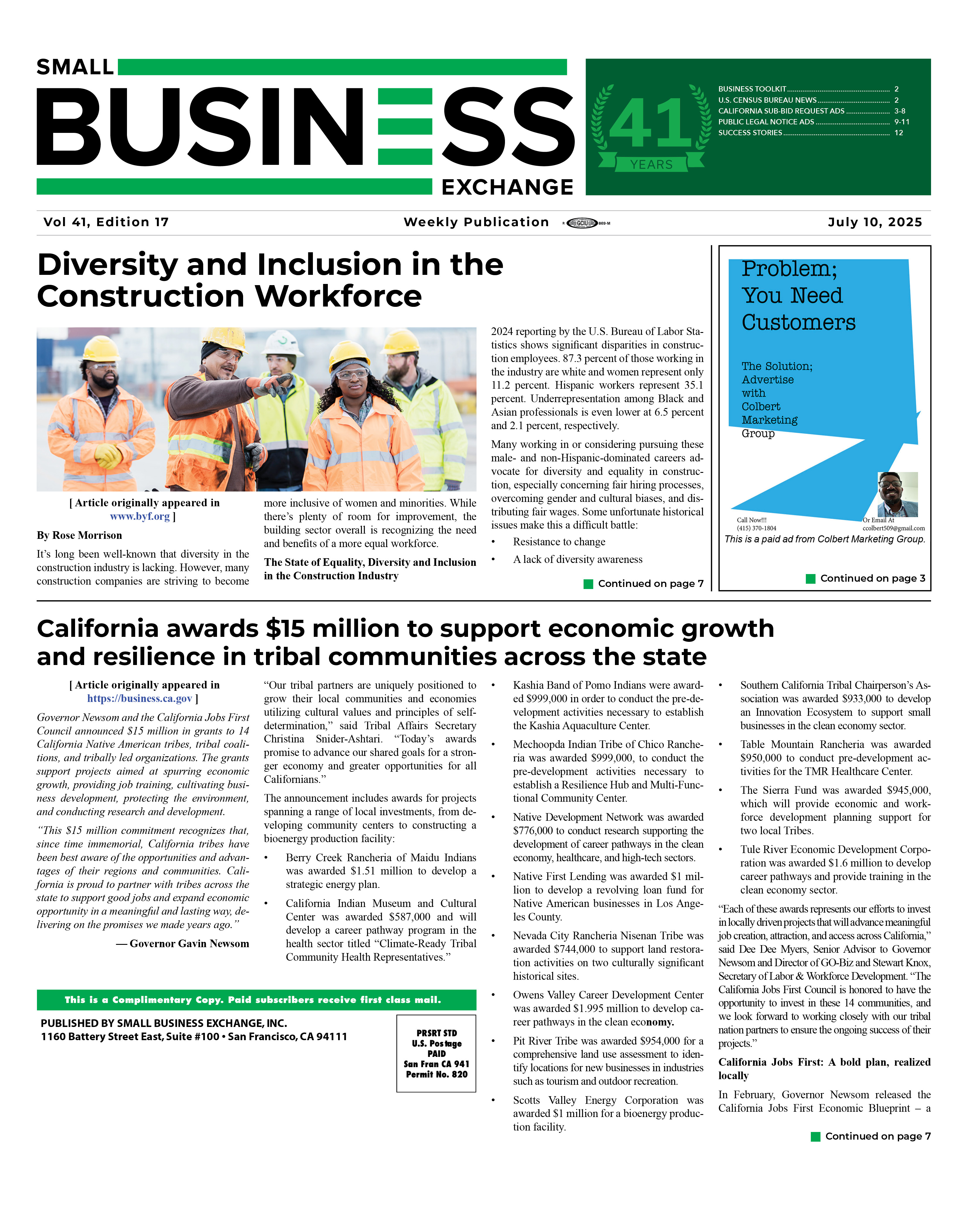While California’s economy grew, eventually surpassing Great Britain to become the fifth largest economy on the planet, so did income inequality. A recent study by the California Budget and Policy Center showed 18.6 percent growth in income for the top five percent of earners from 2006 to 2018, while the bottom 20 percent saw their incomes fall by 5.3 percent. When we adjust for the high cost of living, California becomes the poorest state in the country.
Simply building affordable housing or improving neighborhood infrastructure in disinvested communities is not enough to address the root causes of inequality. We need transformative, system-wide changes in our economy. Therefore, we propose a new approach — greenlining — that is not bound to profit and shifts power to the marginalized. A greenlined economy is inclusive, regenerative, non-exploitative, cooperative, and democratic. We believe that our singular commitment to racial equity and economic opportunity has given us the tools to change the system.
Greenlining our economy requires changing the way we invest in communities and how we approach community development.
At Greenlining, we want to see community investment and development done holistically in ways that promote justice, resilience, and power in low-income communities of color. What we have seen through our policy work is that many institutions do important community development work, but they are uncoordinated, siloed in their respective issue areas, and tied to the success of the free market economy. Most importantly, the vast majority of investments fail to address the root causes of racial disparities.

Community investment and development should be done holistically in ways that promote justice, resilience, and power in low-income communities of color.
The goal of our equitable economy practice is to disrupt and change the system that created the injustices our communities continue to face. Our approach to equitable investment uses the following six principles.
- Race-conscious and seeks to address root causes of injustice – Race-based problems require race-based solutions.
- Not limited to a single sector or policy issue – Programs are siloed, but issues are not — communities of color have multiple, intersecting needs that cannot be addressed by a single program, funding source, or organization.
- Delivers intentional benefits to communities – Programs and funding sources should ensure benefits are direct, meaningful, and assured for communities.
- Designed to build community capacity – Acknowledging the ways that structural racism has impacted the capacity of communities of color to undertake community development projects is a key part of improving investments and greenlining communities.
- Driven by the community at all stages – Community members and organizations should be part of every phase of the project or policy, from goal-setting to analysis.
- Expands wealth building beyond homeownership – Homeownership is important, but equitable community development should look beyond homeownership to alternative strategies for upward mobility that have impacts at different timelines and cross multiple sectors.
These six principles grew out of nearly three decades of advocacy in the economic justice, environment, health, energy, and technology sectors. Our track record of bringing investment to low-income communities of color informs our understanding of how we can change the system to authentically serve these communities, and our ability to think beyond the status quo.
Transitioning from our current extractive and unequal economy to an inclusive, regenerative, non-exploitative, cooperative, and democratic economy is a long term proposition that we must begin to work on today. Achieving this transition requires bold action, extensive piloting and experimentation, and a commitment to thinking outside the box.
MAKING AN EQUITABLE ECONOMY REAL

The finish line is a new economic system that is driven by community power, not profit. In our vision, stakeholders are working towards a better future for low-income neighborhoods and communities of color.
Over the next year, we plan to put our six principles of equitable investment into action, drawing upon our relationships with community organizations, city government, anchor institutions, and other stakeholders working to address development and displacement in Oakland. We want to bring together the players making investments that will bring significant changes to Oakland by aligning and coordinating resources, particularly on issues that intersect with our six principles. We will apply these principles to direct funding to the communities that need it most, elevate community input and leadership, and keep equity at the center in Oakland.
Our finish line is a new economic system that is driven by community power, not profit. In our vision, all stakeholders are working towards a better future for low-income communities of color. Together, we will change the system and build a greenlined economy that works for all of us.
Sonrisa Cooper is Greenlining’s Community Development Program Manager. Follow her on Twitter.





